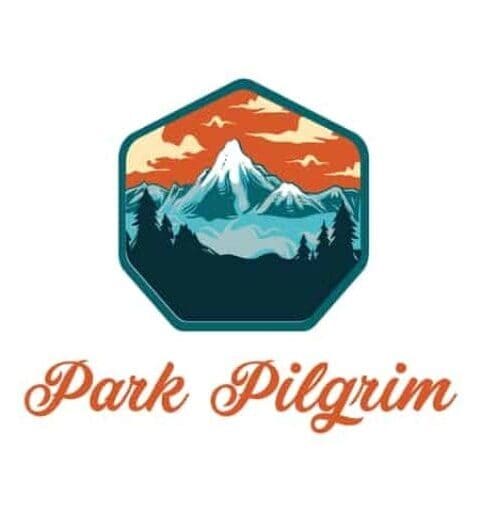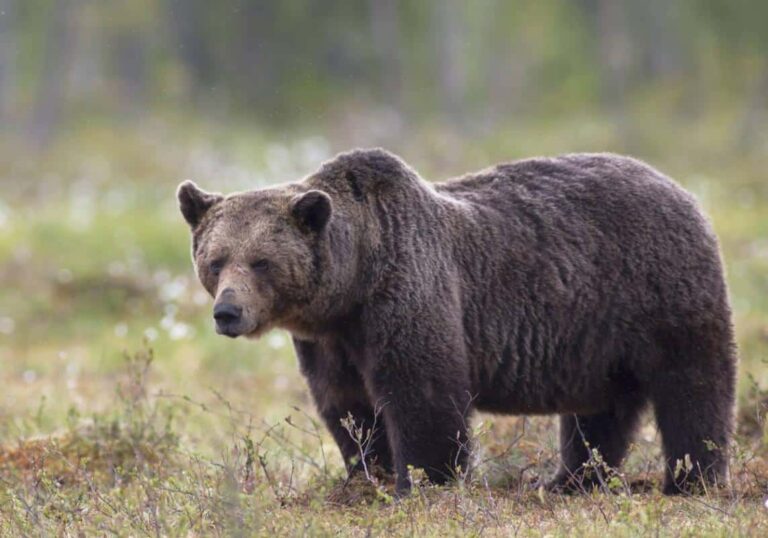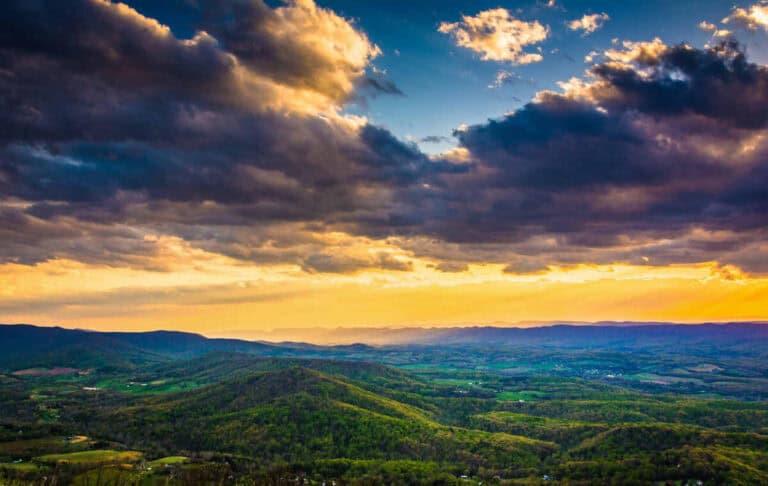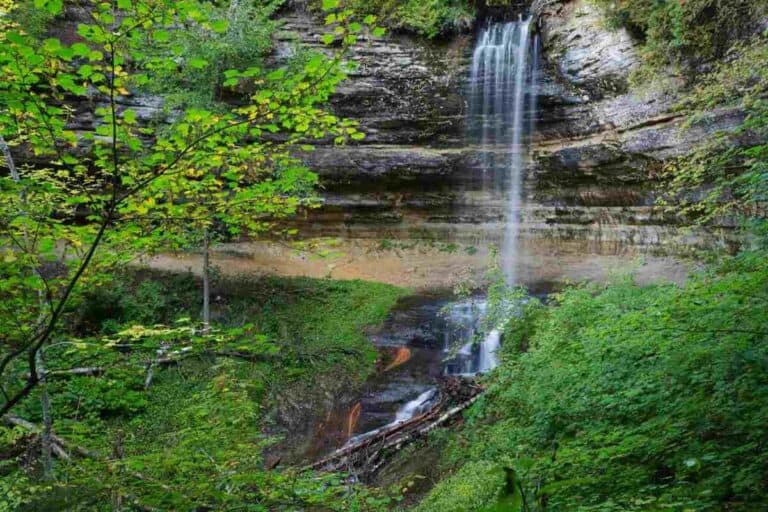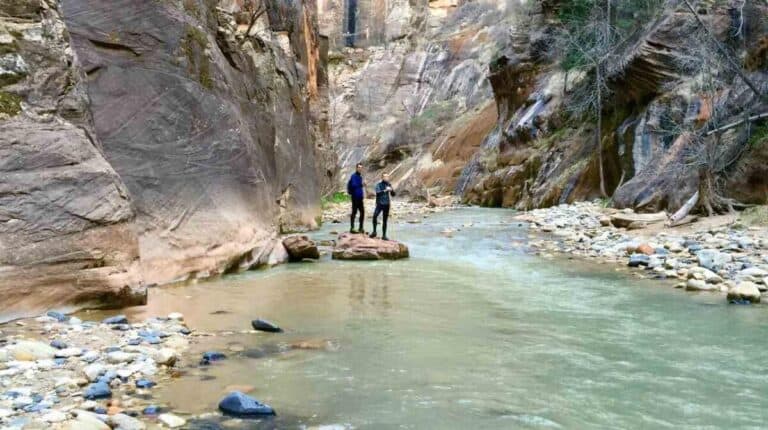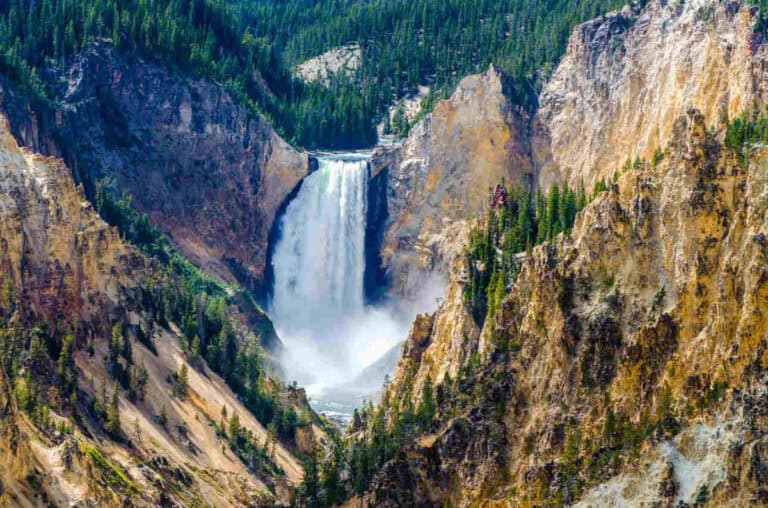Big Vehicles Soon Banned from Zion’s Famous Highway
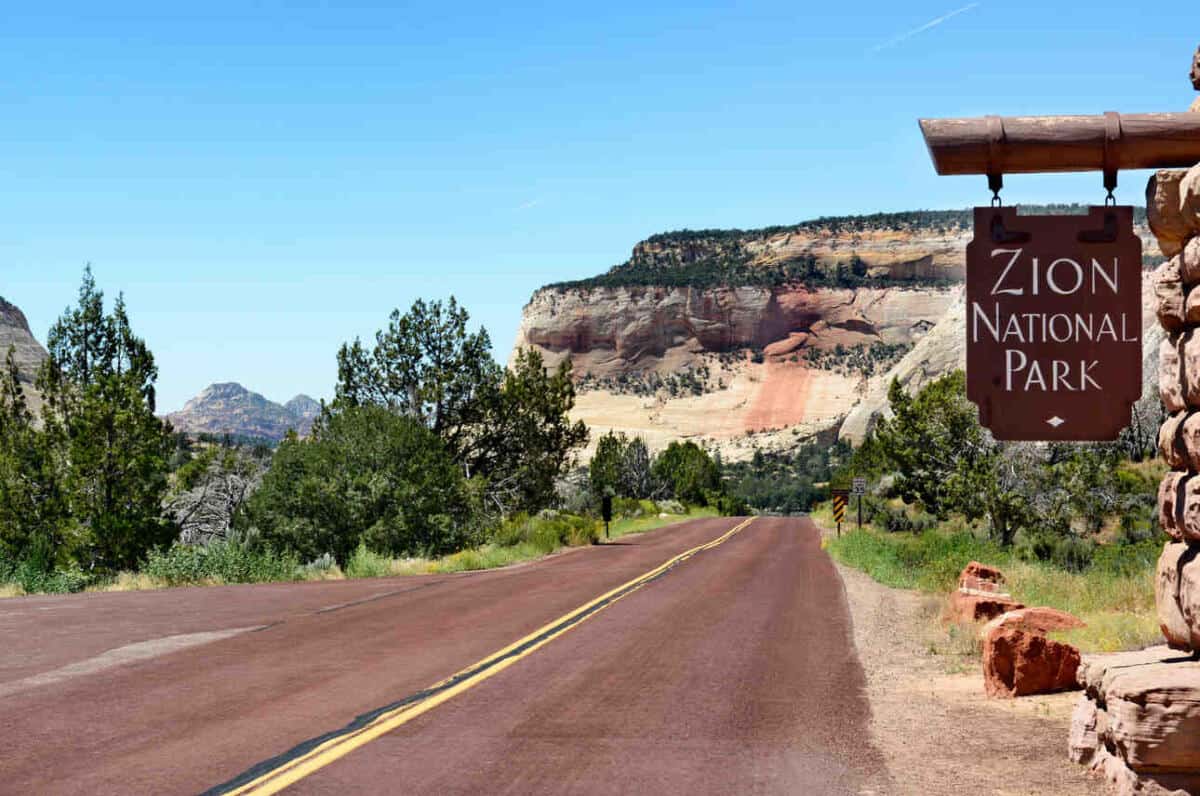
Zion National Park is making big changes to its historic Zion-Mount Carmel Highway. Starting in mid-2026, large vehicles like RVs and tour buses will not be allowed to use this popular 11.9-mile route.
This highway connects Zion, Bryce Canyon, and Grand Canyon national parks. Its tunnel was the longest of its kind in America when built in 1930.
SFGATE reports that this change comes after years of problems with traffic jams, crashes, and oversized vehicles getting stuck in the tunnel.
Charged with protecting
“This highway is an important part of the park’s history, and one we’re charged with protecting”, said Matthew Fink, a spokesperson for Zion National Park. “This is us focusing on safety and resource protection at once.”
The Zion-Mount Carmel Highway was built during the Great Depression and is now on the National Register of Historic Places. It lets visitors ‘go where no road had gone before’ with its 1.1-mile tunnel.
Problems started in the 1980s when more Americans began buying RVs and taking tour buses to national parks. Visitor numbers to Zion more than doubled between 1979 and 1990.
Historic bridges
The highway has historic bridges that can only hold 50,000 pounds. Modern large vehicles are very heavy, making it dangerous when several use the bridges at once.
A study in 1989 found that vehicles taller than 11 feet 4 inches or wider than 7 feet 10 inches cannot safely stay in their lane on the highway.
Since then, park rangers have been escorting large vehicles through the tunnel one at a time. This costs $15 per vehicle and forces all other traffic to wait.
Complete standstill
By 2016, traffic could only move freely through the tunnel for 19 minutes of every hour. The rest of the time, cars were at a ‘complete standstill’.
Recent studies show that 88 percent of tour buses using the highway are more than 40 feet long, and vehicles longer than 35 feet 9 inches can’t safely stay in their lane during 18 of the tunnel’s turns.
Drivers of large vehicles will need to take different routes, adding 10 to 45 minutes to their travel time.
“We obviously can’t know where everyone is headed and from where, but those are two of the most common routes that will be affected”, Fink said.
